Bern Riddle 28: De serico/bombyce
NEVILLEMOGFORD
Date: Sat 28 Nov 2020Matching Commentaries: Commentary for Bern Riddle 28: De serico/bombyce
Arbor una, mihi vilem quae conferet escam.
Qua repleta parva, vellera magna produco.
Exiguos conlapsa foetos pro munere fundo,
Et ales effecta mortem adsumo libenter.
Nobili perfectam forma me caesares ulnis
Efferunt et reges infra supraque mirantur.
There is one tree, which will give me wretched food.
Full up from very little, I produce great wool.
Dying, I birth small children as a gift,
and, having produced wings, I wilfully accept death.
Completed in my noble form, I am carried on the shoulders of emperors,
and kings marvel at me from above and below.
Notes:
This edition is based on Karl Strecker, ed., Poetae Latini aevi Carolini, Vol. 4.2 (Berlin, MGH/Weidmann, 1923), page 747.
A list of variant readings can be found in Fr. Glorie, ed., Variae collectiones aenigmatum Merovingicae aetatis, Corpus Christianorum, Series Latina 133A (Turnhout: Brepols, 1968), page 574.
Tags: latin Bern Riddles


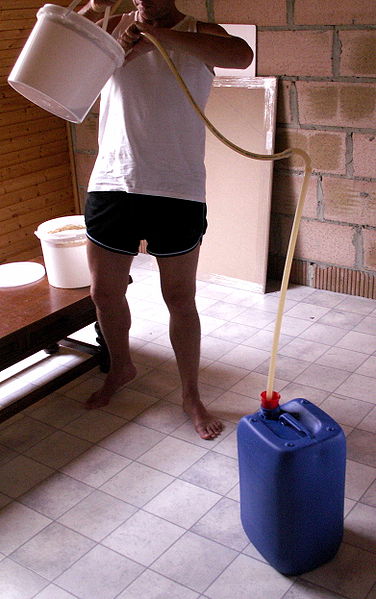
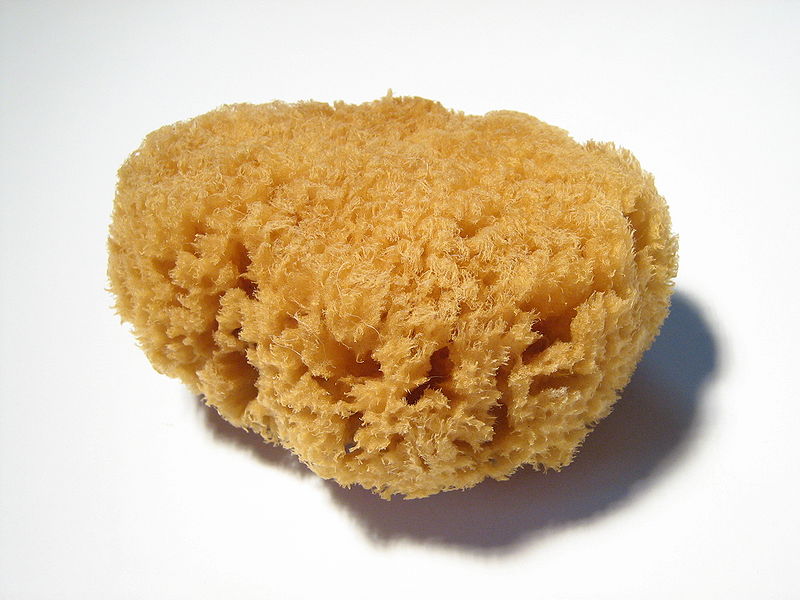

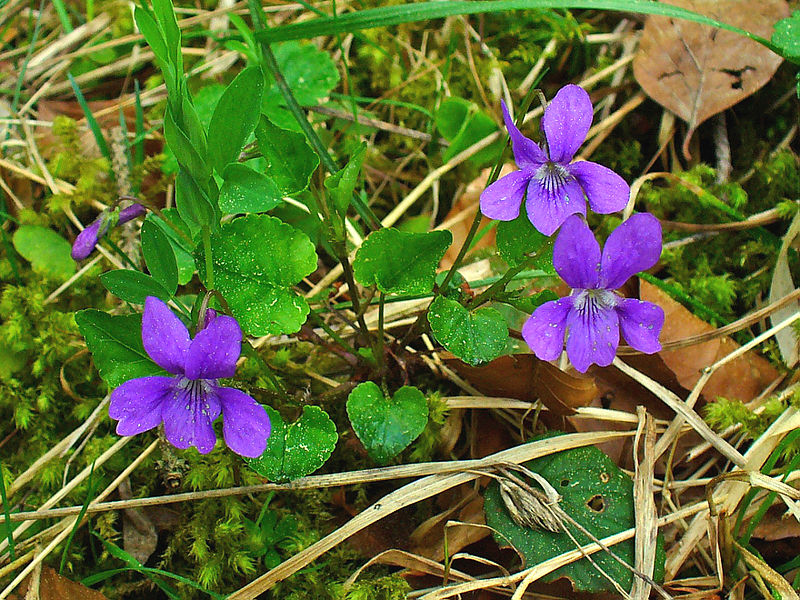



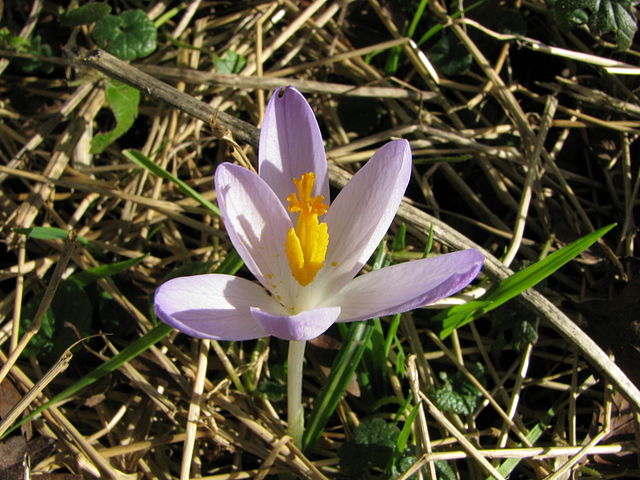
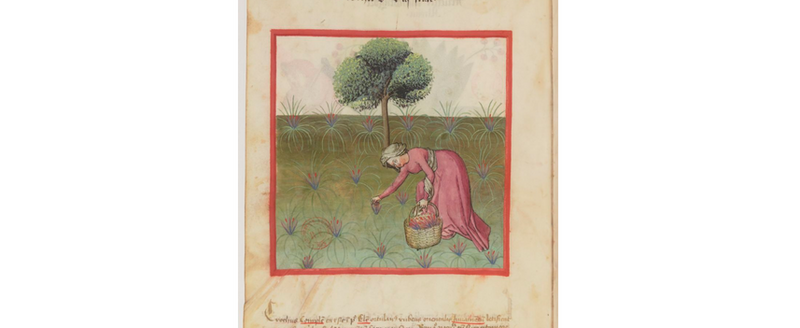


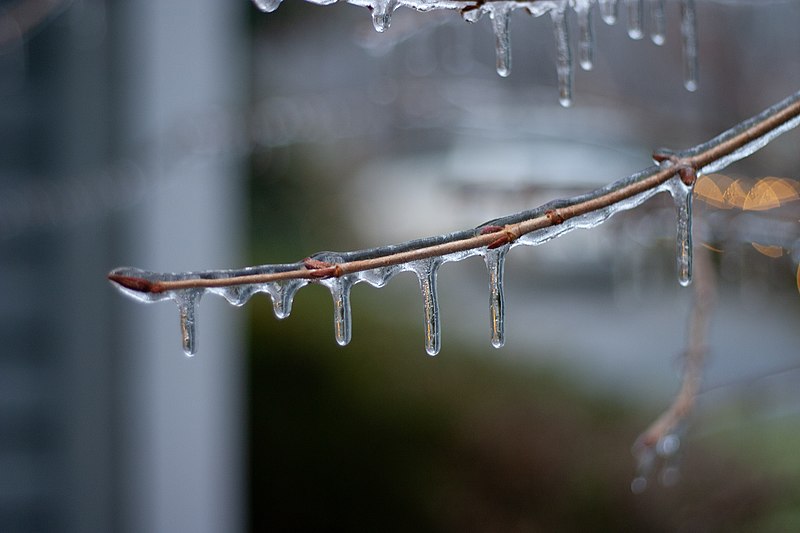

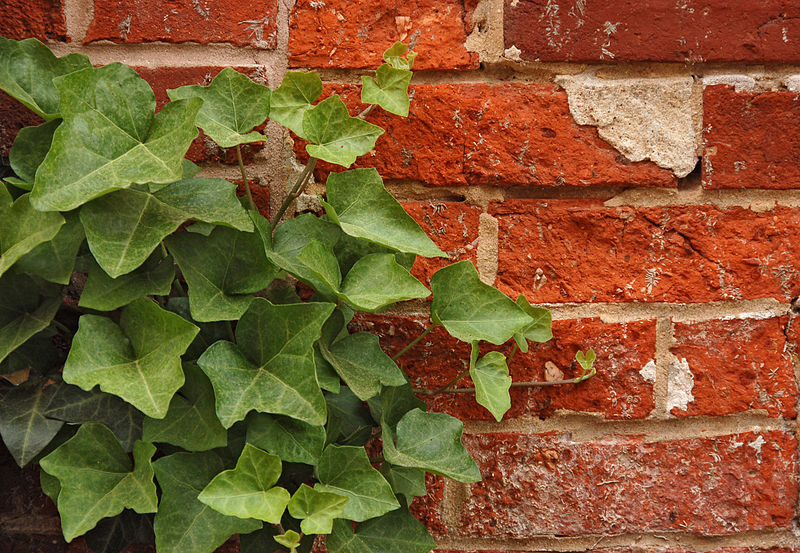
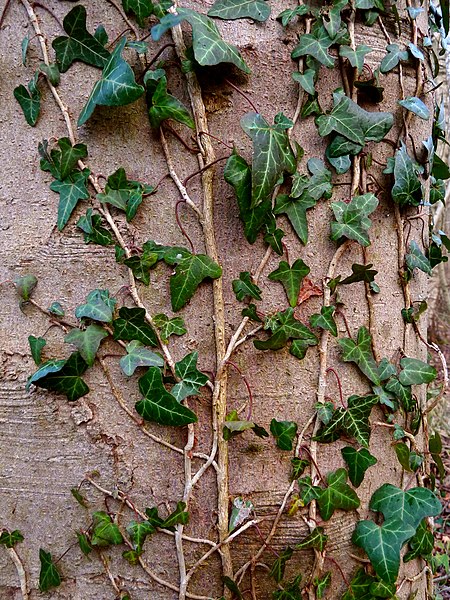
Commentary for Bern Riddle 28: De serico/bombyce
NEVILLEMOGFORD
Date: Tue 09 Feb 2021Matching Riddle: Bern Riddle 28: De serico/bombyce
This riddle is one of two silk-themed Bern Riddles (the other is Riddle 43). This gives me the perfect opportunity to tell you about the time when two silkworms had a race.
It ended in a tie.
Silk was among the most valuable and lucrative commodities of the Middle Ages, and silk garments were signifiers of prestige and wealth in medieval Europe. Chinese silks travelled across the Silk Road, a vast trade route stretching from the Pacific coast of China, through the Himalayas and Pamirs, central Asia, India, and Persia, all the way to Ethiopia, Egypt, Mediterranean Europe and beyond. Arabia and Byzantine Constantinople were other early medieval centres of silk-production, and the industry eventually spread to North Africa, Spain, and Southern Italy from the eleventh century onwards.
It was also a popular subject for medieval riddles. It features in two of Aldhelm’s riddles (Nos. 12 on the silkworm and 33 on the breastplate) and two Old English adaptations of Aldhelm’s second riddle. Although our riddle is usually entitled De serico (“About silk”), really there are two speaking riddle subjects: the silkworm (lines 1-4) and the silk (lines 5-6). Thus, I have given it the additional title De bombyce (“About the silkworm”). However, lines 2, 3, 4 and 5 describe the silkworm using neuter adjectives, which can only fit with sericum (“silk”), since the alternatives bombyx (“silkworm”) and verme (“worm”) are grammatically feminine and masculine.
The riddle opens with mention of a “single tree” (arbor una), which is the mulberry tree, the only tree that the silkworm eats. The “wretched food” (vilem… escam) is its leaves. The second line then introduces the apparent paradox that a creature eating a humble food can create a great wealth—you may remember a similar description of the sheep in Riddle 22.
Lines 3 and 4 shift their focus to the silk cocoon, which are described as exiguos foetos (“small children”), born after the worm has “produced wings,” that is, as it metamorphosises into a moth. Sadly, the silk cocoon is usually removed by boiling, which makes the silk easier to process but causes the death of the silkworm. Thus, the silkworm’s death is described as an example of parental self-sacrifice, in a similar way to Riddle 12’s cereal grain.
The final two lines shift their focus to the silk’s “noble form” (nobilis forma) once it has been spun and woven into clothing. In a sense, this riddle is all about upwards mobility, in the vein of Riddle 22’s sheep—the creature that once ate “wretched food” is now carried by emperors and marvelled by kings. But this tale of rags to riches has a dark side too—the process has cost the silkworm-parent its life. The riddler seems to be reminding us that human wealth does not come without a cost.
References and Suggested Reading:
Aldhelm of Malmesbury, “Enigmata 12 and 33.” In Rudolph Ehwald (ed.), Aldhelmi Opera, MGH Auctrorum antiquissimorum 15. Berlin: Weidmann, 1919. Pages 101 and 111-2. Available here.
Fleming, Robin. “Acquiring, Flaunting and Destroying Silk in Late Anglo‐Saxon England.” In Early Medieval Europe, Volume 15 (2007). Pages 127-58.
Jacoby, David. “Silk Economics and Cross-Cultural Artistic Interaction: Byzantium, the Muslim World, and the Christian West.” In Dumbarton Oaks Papers. Volume 58 (2004). Pages 197-240.
Klein, Thomas. “Pater Occultus: The Latin Bern Riddles and Their Place in Early Medieval Riddling.” Neophilologus 103 (2019), 339-417, page 415.
Tags: latin Bern Riddles
Related Posts:
Exeter Riddle 35 and the Leiden Riddle
Bern Riddle 12: De grano
Bern Riddle 43: De vermicolis siricis formatis